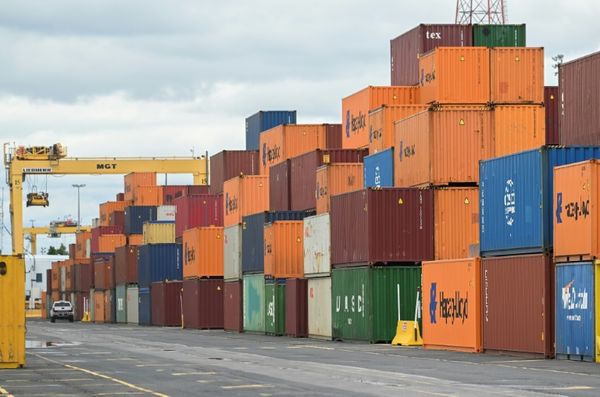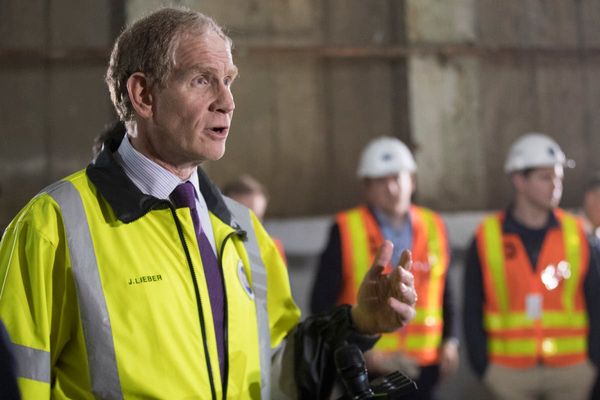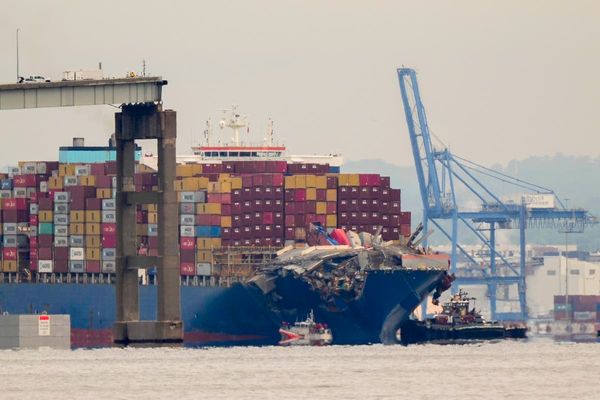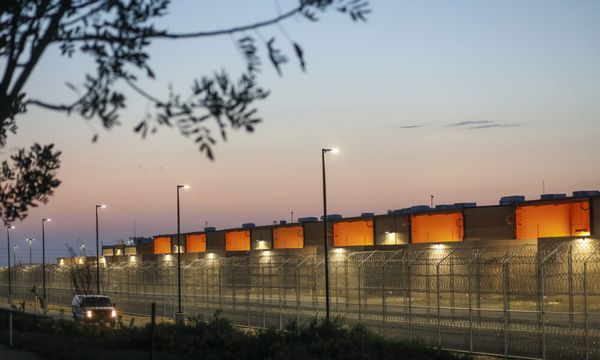
An independent study of rainwater tanks near the Cadia goldmine in central west New South Wales has detected unsafe levels of mercury in some residents’ drinking water, nine months after widespread water testing conducted by NSW Health found no unsafe results.
The results come from an independent testing program conducted by Dr Ian Wright through the Cadia Community Sustainability Network (CCSN), which took water samples from kitchen taps and the top and bottom of rainwater tanks at 42 properties near the mine, between August and November 2023.
Mercury was found in half of the 40 samples taken from the bottom of the rainwater tanks, and of those samples, two exceeded the Australian Drinking Water Guidelines for mercury, which is less than 1.0 micrograms per litre. The guidelines are the national basis for determining safe water quality.
Mercury was also detected in nine samples taken from the tops of tanks, and eight from kitchen taps. None of these samples exceeded the guidelines.
The findings have prompted some local residents to ask the environmental regulator to re-test rainwater tanks, as water levels drop over summer.
It’s the fifth round of testing conducted by Wright and CCSN, whose initial test results released in March 2023 sparked an investigation by the NSW Environment Protection Authority and a round of water testing by NSW Health, the EPA, and ALS, an independent company contracted by Cadia. Cadia is owned by Australia-based Newmont Corporation, one of the world’s biggest gold miners.
The EPA this month said the results of the tank and soil tests in Cadia Valley were “typical” of Australian rainwater tanks, a characterisation the community rejects. The EPA found only four of 97 samples exceeded the guideline limits for any contaminant, and attributed that contamination to “domestic and local sources”. It then stressed the importance of cleaning tanks.
Wright, who is a member of the EPA’s Cadia expert advisory panel and an academic at Western Sydney University, has long argued that the methodology used by regulatory authorities to test rainwater tanks is not adequate because it does not test the whole water column. He said the latest results show the problem lurks at the bottom of the tanks, where sediment-enriched water accumulates.

Lead was found in all of the samples from the bottom of the tanks. Of the 43 tanks, 41 exceeded the Australian drinking water guidelines for lead, and eight by more than 100 times the guidelines. Arsenic, manganese and nickel also exceeded the guideline values in a number of samples taken from the bottom of tanks.
In a statement, CCSN said it had previously found mercury in “many tanks” in a community testing program conducted in December last year, and it said the priority should be determining the mercury’s source.
CCSN said it would be appropriate to retest water tanks as water levels drop over summer.
“We would also like to see a comparative study of contamination in water tanks in rural areas without a mine,” a spokesperson said. “This study needs to consider the amount of contamination as well as the concentration in the sediment.”
The group said also many of the rainwater tanks in the area had been cleaned prior to the latest round of water testing, and it was frustrating for the onus to be on residents to clean tanks rather than the authorities determining the source of the contamination.
Samples collected by NSW Health and ALS on behalf of Cadia in separate investigations conducted earlier this year were analysed also for mercury but no samples were found to have exceeded the guideline limits.
The EPA’s testing program detected mercury in one kitchen tap sample at levels below Australian drinking water guidelines, as well as in the sediment samples taken from some tanks.
Dr Larissa Schneider, an associate professor at the Australian National University and convener of research group Mercury Australia, said more testing should be done.
“The fact that [mercury] has reached guidelines values invites the government to do further studies,” she said. “That’s what the guidelines are there for.”
Schneider said it wasn’t clear whether the mercury was organic – which poses a higher risk to human health – or inorganic. Inorganic mercury, which is the kind typically released by the mining industry, is not as easily absorbed but is “still toxic”, she said.
She said this was why it was important to test for certain bacteria in tanks, which can help convert inorganic to organic mercury.
A pollution incident response management plan for Cadia released in June identified mercury as a potential pollutant from the mine, although not at levels that exceeded clean air regulations.
Guardian Australia understands that the Cadia East Project approval explicitly prohibits the use of mercury or cyanide. Mercury is not a by-product of mining at Cadia but occurs naturally in rock within the district.
The EPA said Cadia is required to comply with the Protection of the Environment Operations (Clean Air) regulations, which set maximum concentration limits of air emissions for Type 1 and 2 substances, including mercury.
“While the presence of metals, including mercury, in sediment or bottom water can be concerning for the community, there is currently no evidence of an exposure pathway from sediment through drinking water,” a spokesperson for the EPA said.
“Any potential exposure can be further limited by regularly cleaning sediment from rainwater tanks.”







